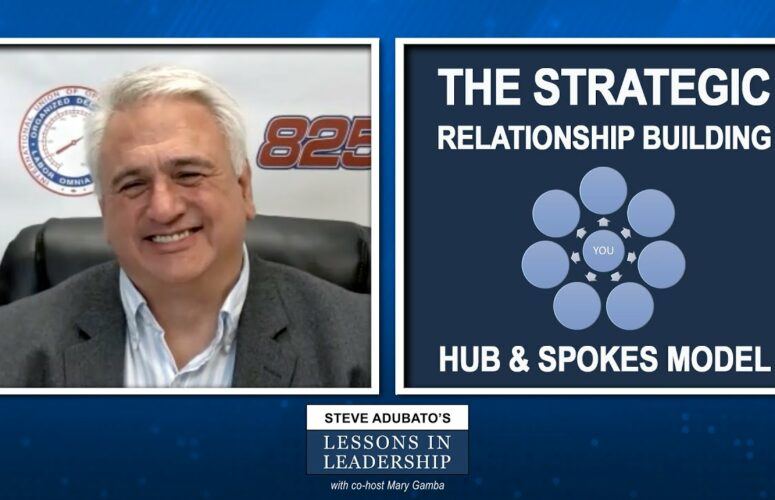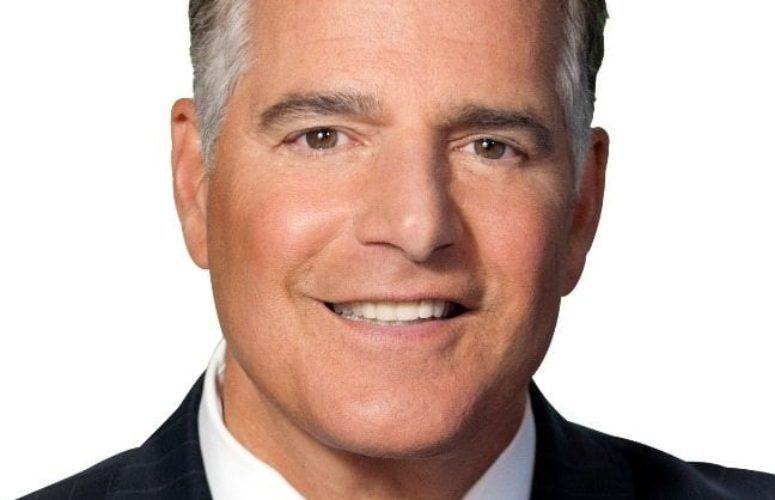Lessons in Leadership with Ira Robbins, President & CEO, Valley Bank and Gary Vaynerchuk, CEO of VaynerMedia and Chairman of VaynerX.
By Steve Adubato, PhD On Jul 6, 2021Throughout the COVID-19 pandemic, as well as when we get back to the so called “new normal,” great leaders must assertively engage others. Whether you call it “forced engagement” or “assertive engagement,” as leaders we sometimes, in certain situations, must be really assertive, bordering on forcing, participation and engagement of others in meetings and conversations. Consider the following:
- Why must leaders engage and what does that really mean? Consider how many Zoom meetings you have been in, particularly since the pandemic hit in early 2020, and how often you were some combination of bored, disinterested, engaged in multi-tasking, texting, e-mailing and doing a variety of other things while this so-called meeting was going on. Why is that? Clearly, you were not engaged.
- How does a leader “force engagement?” The best leaders pull in meeting participants. They call you by name, they ask you a question or they press you for your opinion or perspective. Another way to engage others is to follow up on something someone says because you want to know more. As a result, your meeting participants feel invested and begin thinking, sharing, listening and actively participating.
- Where else do leaders actively engage participants? In virtually everything we do. Too often, leadership is seen by too many as simply directing other people to do specific things. This “command and control” approach to leadership does work and is appropriate in certain situations, such as in a high-pressured, time-sensitive law-enforcement scenario, or a fire, crisis or other disaster. Command and control leadership has its place. However, these situations are not the norm and too many of us as leaders are not prepared to or committed to getting other people talking.
- But doesn’t calling on people make them feel uncomfortable? Asking people questions, by name, can sometimes be considered “putting people on the spot”. Yet, how is it that we define asking people questions to get their input and invite them to share their perspective as “putting them on the spot?” Wouldn’t a team benefit from hearing what other team members are thinking? How will we share ideas and think about difficult and challenging issues in our workplace if we do not forcefully engage all team members? Professionally and personally, I don’t see how that is possible.
- What does it mean to be a great facilitator? Leaders must ask themselves exactly how they will actively create an environment in which engagement is the norm and not the exception? As leaders, we must see ourselves as facilitators. We must “force” engagement. It is like a point guard in basketball or a quarterback in football. Your job is to move the team forward and put team members in the best position to succeed.
What if people say they are turned off by this approach? That’s okay. If you feel “put on the spot” by me asking you a question, my question is, why do you think so little of yourself that what you have to say has no value? Further, I’ve had clients over the years say, “Steve, I’m okay with you asking questions, but not of specific people. Why not just ask the group a question and let someone volunteer to answer who feels confident enough to speak in front of the group?” In theory, that is a terrific idea. But in practice, it doesn’t work because the same two or three people answer virtually every question.
How can you make this approach part of your DNA? If you do this enough, and do it in the spirit of collegiality, over time a leader can actually create a more engaged culture in an organization by raising the bar for everyone’s participation. It won’t be easy, but the payoff is worth any initial discomfort or awkwardness.






